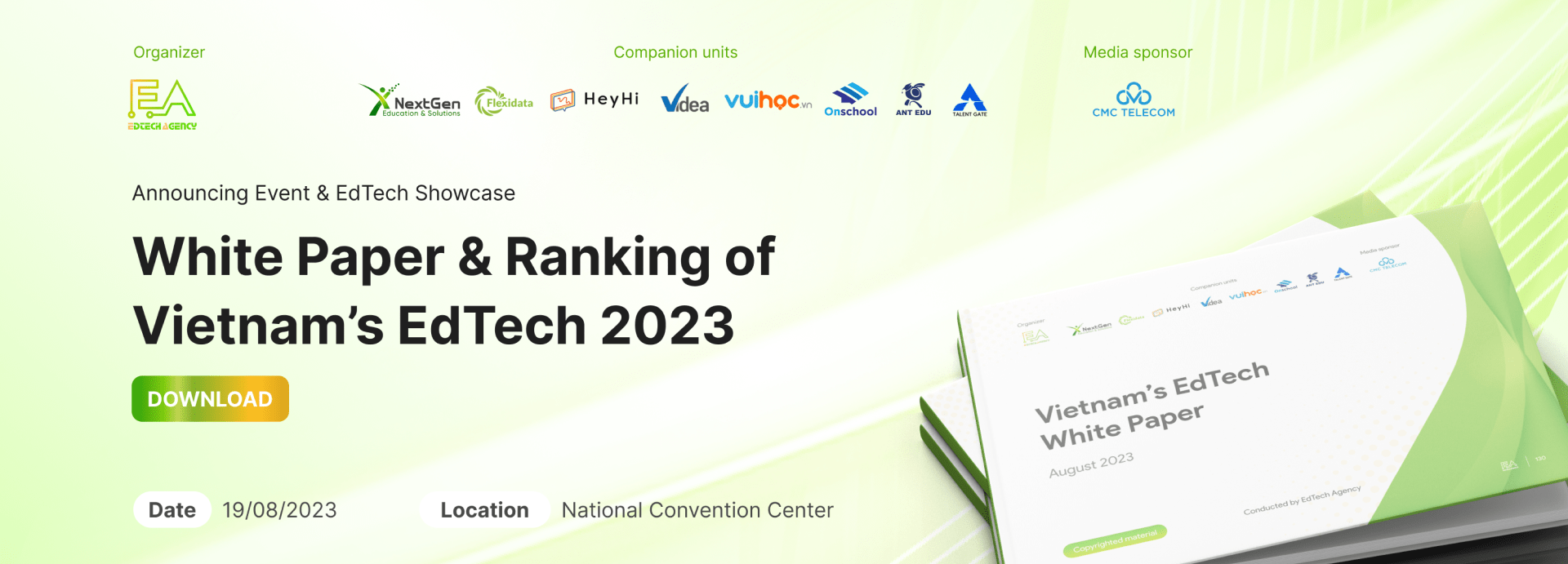1. Characteristics of Preschool Education in Vietnam
According to statistical data from the General Statistics Office, the total number of children aged 3-8 years in Vietnam is over 9 million. Among them, the preschool age group, from 3 to 5 years old, currently consists of 3.9 million children, while children aged 6-8 years are estimated to be approximately 6 million. Hanoi boasts the highest number of public kindergarten classes and non-public preschool groups among the 63 provinces and cities, with 9,778 and 4,738, respectively. It ranks second in the number of non-public kindergarten classes, with 7,368 (after Ho Chi Minh City). The state budget allocates 17% for preschool education, 29% for primary education, and around 32% for lower secondary and upper secondary education combined, leaving the remainder for other forms of training.
Educational perspective: The preschool age, ranging from 3 to 5 years old, is considered a crucial learning period in Vietnam. However, many families are still waiting to be ready to send their children to school during this time due to grandparents taking care of them. Therefore, every year, the Ministry of Education and Training and local departments mobilize children to attend school. The mobilization rate is approximately 81% for children aged 3-5 years old attending preschool. The attendance rate increases with age, with 30% of 3-year-olds and 90% of 4-year-olds attending kindergarten. The attendance rate for children in the primary school age group is 96-98%.
The attendance rate for children in the primary school age group
The Ministry of Education and Training focuses on developing the project “Universalizing Preschool Education for Kindergarten Children (3-4 years old) and Enhancing the Quality of Preschool Education for 5-year-olds for 2023-2030. The English familiarization program for preschoolers is being implemented across most provinces in Vietnam. Ho Chi Minh City accounts for 58% of the children attending, Hanoi 32%, and Da Nang 19.2%. The age range for children to get acquainted with English is from 3 to 5 years old.
2. EdTech Products in Preschool Education in Vietnam
EdTech products for the preschool sector have yet to be widely prevalent in Vietnam. This segment’s main EdTech product categories include B2B and B2C offerings. B2C products encompass vital groups such as language training, STEM education, cognitive development, early childhood education, and soft skills training. Meanwhile, B2B products targeting this age group primarily focus on preschool management. Below is the landscape of EdTech products designed for the preschool segment in Vietnam.
3. Technologies Applied in Current EdTech Products for Preschoolers
The content within EdTech products follows the standardized curriculum in Vietnam, either based on the framework provided by Vietnam’s Ministry of Education or aligned with a specific curriculum. Present technologies, particularly AI, are integrated into prominent products such as Monkey Junior and Dino Đi Học. AI technologies are focused on addressing various issues:
– Speech recognition for improving pronunciation
– VR360 virtual classrooms
– Personalized learning pathways
– Automatic reporting and result analysis
– Two-way interaction with AI through Chat GPT
4. Opportunities for EdTech Companies to Invest in Preschool Education in Vietnam
Preschool education attracts investors because of the increasing demand for private and international preschools. According to forecasts, by 2030, the middle-class population in Vietnam is expected to constitute 40% of the total population. The future boom in the middle-class segment will be accompanied by a diverse demand for various educational products and services, such as globally standardized education. With globalization, Vietnamese parents always seek an international academic environment for their children to master English and develop a global citizen mindset from an early age.
Currently, English remains the most eagerly anticipated product despite the emergence of many free international products in Vietnam, such as Duolingo and Khan Academy. However, locally-made products like Monkey Junior and Kidsup are still trusted by parents.
It is advisable to focus on applications on tablets or smartphones for B2C customers, targeting four main product categories: language training, STEM education, cognitive development, early education, and soft skills training because B2B products often require management integration with the Department of Education and Training, aligning with the national education framework.
The EdTech market in Vietnam is vast, and education and training in Vietnam receive significant attention from the government and the Ministry of Education and Training.
According to Consolidated Document No. 06/VBHN-BGDĐT regarding the Decree on policies for the development of preschool education dated July 14, 2023, issued by the Ministry of Education and Training, the guidelines for the development of preschool education are stipulated as follows:
1. Investors conducting investment activities in the preschool education sector are entitled to preferential policies regarding land, taxes, credit, and social encouragement policies as regulated by the law.
2. As stipulated by the investment laws, Investors conducting investment activities in the preschool education sector are entitled to investment policies for constructing preschool education facilities through public-private partnerships.
3. Public preschool education institutions may offer certain public service activities without using state budget funds, including boarding services, after-school preschool education services, and child transportation services.
…
📌📌📌If you are interested in the education market in Vietnam, especially in the preschool segment, please contact Edtech Agency today for advice and the latest market updates. We can assist you in making swift and accurate investment decisions and expanding your market presence



